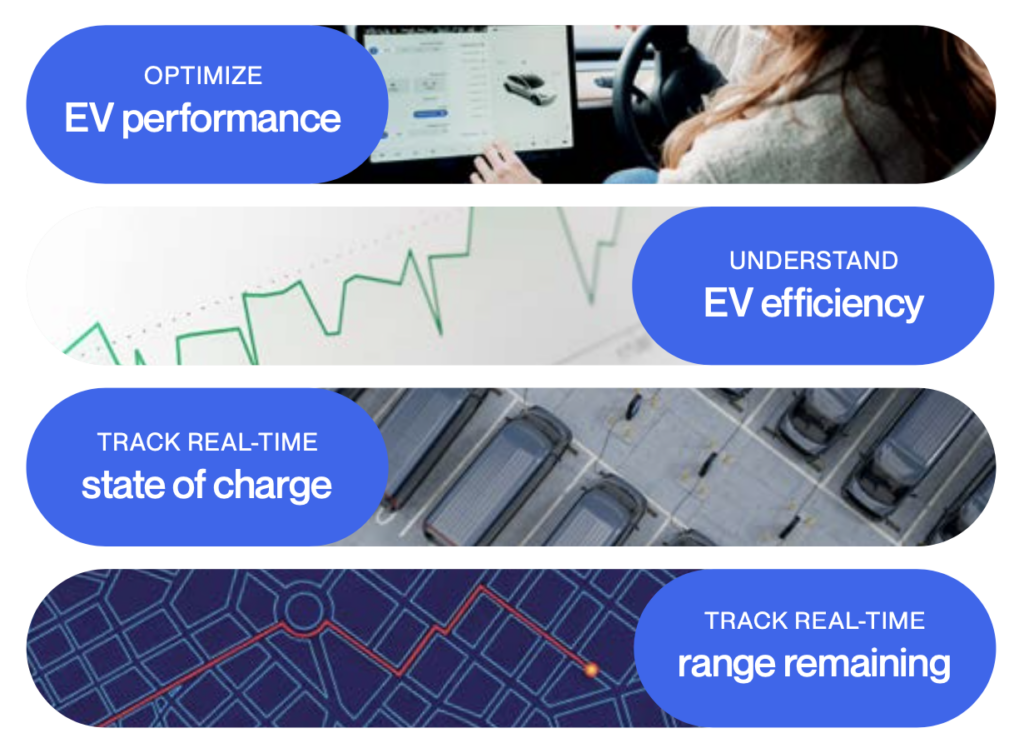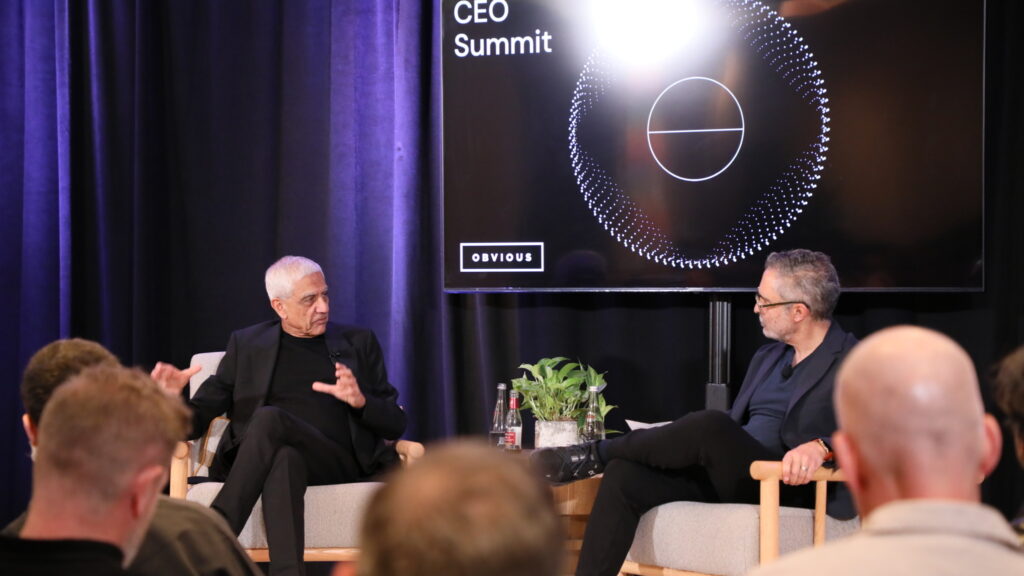Charging Toward a More Resilient Grid
Emily Brady |

On a frigid evening in February 2023, after a cold snap hit Burlington, Vermont, and the temperature plummeted to 20 below zero, two bright yellow electric school buses parked at a school bus depot did something unusual. With the press of a button, they quietly began dispensing energy from their batteries back through their chargers to the electrical grid.
For the next three nights, during peak usage time from 6 to 8 p.m., when heaters and everything else a household needs on a freezing evening began to strain the grid, the school buses supplied a total of two megawatt-hours of energy to Burlington. That’s enough to power a suburban block in winter conditions for two weeks.
This energy transfer is called vehicle-to-grid charging (V2G). It was made possible by a collaboration between the local utility provider and Synop, an electrification startup that is helping accelerate the transition to commercial electric fleets by building software that connects vehicles, chargers, and the grid.
Transforming the U.S. economy to run on clean electricity is a cornerstone of President Biden’s plan to slash emissions to zero by 2050. To get there, we need to “electrify everything,” which means replacing fossil fuels with wind, solar, and hydro energy and electric vehicles, heat pumps, and a robust electric grid that allows a two-way energy transfer, like with the Vermont school buses.

“V2G is the future,” says Gagan Dhillon, Synop’s CEO and co-founder. “Very rarely do you have an opportunity to resupply such a strained national resource. To be able to impact how much capacity your local utility has based on a vehicle that you’re driving that is already offsetting carbon— we think this is the biggest opportunity out there.”
Always tinkering
The story of Synop began 18 years ago when Dhillon met Andrew Blejde in an engineering class on their first day of high school in Brownsburg, Indiana. Blejde hailed from Australia, and Dhillon’s family was from India. The two outsiders became fast friends.
“We were always tinkering and wanting to build stuff,” recalls Dhillon. “He’s like my brother.”
The two friends built an iPhone app while still in high school. After college, where Dhillon majored in finance and Blejde in computer science, they founded their first startup to help students connect with volunteer opportunities. When they failed to make money, they spent a few years working corporate jobs and thinking of their next big idea.
While Blejde was an in-house engineer at Amazon, Dhillon focused on vehicle telematic tools at Volvo. As they toyed with climate-related startup ideas, the theme of electrification echoed in Dhillon’s head. One day, as he was talking to someone from a major oil company about EV chargers, the idea for Synop hit him. No one was tracking EVs, he realized, and the way to track an EV requires a totally different dataset than a diesel vehicle.
“A commercial EV doesn’t have the luxury of pulling into a gas station for 10 minutes and filling up while the driver gets a snack,” Dhillon explains. “We didn’t think anyone was building to orchestrate all of that and connect chargers with vehicles and the grid. Then we realized that the bigger opportunity was charging and energy management.”

Synop’s software enables their customers to optimize EV performance, understand EV efficiency, track real-time state of charge and range remaining, and use that data to inform their charging schedules and understand how much energy they draw from the grid to ensure they’re not exceeding site limits or overpaying for energy. It also enables fleets to send energy back to the grid.
Dhillon and Blejde started the company in June of 2021. They closed their seed round, led by Obvious, 10 months later. Synop is now a team of 23, headquartered in New York City, with offices in Raleigh, North Carolina, and Oakland, California. They currently have 1,000 commercial EVs on the platform and manage 600 chargers across 14 states.
Battery packs on wheels
A commercial electric truck or bus is essentially a battery pack on wheels or a “mini power plant,” as Dhillon likes to call them. “They have massive 300-kilowatt-hour batteries in some cases,” he says. “They are storing all of this energy but not always using it.”

Nearly 500,000 school buses in North America spend most of their time parked in lots. Internal combustion engines can’t do anything when they are idle. Electric buses, however, can serve as portable power plants. They can supply energy when a grid is stressed from energy demand due to a cold snap in Vermont or a summer heat wave.
There is also the hope that public school districts will be able to make money from powering up the grid. Synop was involved in a pilot program over two summers in Beverly, Massachusetts, that showed that a single bus discharged 10.78 megawatt-hours to the Massachusetts grid over 158 hours across both summers, generating $23,500 in revenue for the school district.
This summer, Synop plans to do V2G with electric school buses in six states—Colorado, Indiana, Massachusetts, North Carolina, Vermont, and Virginia. The startup reached another impressive milestone recently: Their software helped a client log 500,000 miles of electric semitruck hauling from the Port of Long Beach to inland warehouses. The electric trucks saved the equivalent of 41,000 gallons of diesel from being burned and 294,000 pounds of carbon dioxide emissions from entering the atmosphere.
It’s all part of Synop’s grand vision.
“The ultimate goal is for us to be gatekeepers of any type of energy source that can create a more resilient grid, scale electrification, and lead to a cleaner, more decarbonized world,” says Dhillon.



